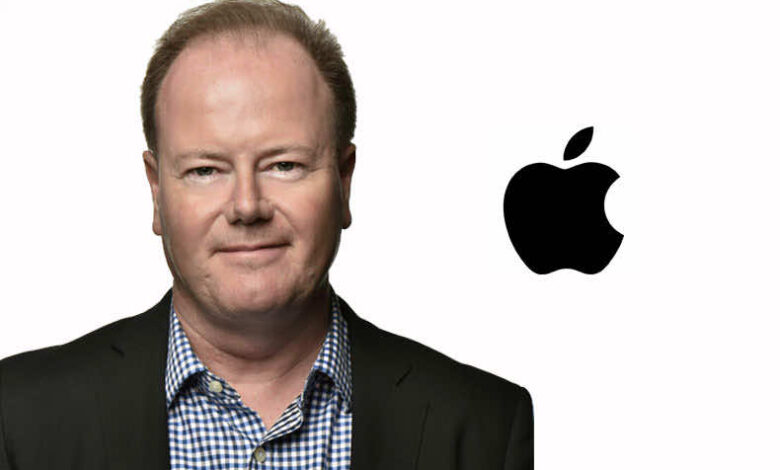
There are a few brands that are more beloved than Apple. And when it comes to leadership, few inspired me more than Steve Jobs. One person who had a front-row seat at Apple and who worked alongside Jobs was Cameron Craig.
A look into Apple’s iPhone X Marketing Strategies
Cameron worked with Apple for 10 years during the company’s dramatic turnaround period under Steve Jobs. Starting in 1997, Cameron led Apple’s agency efforts with Porter Novelli Australia before moving to Singapore to lead Apple’s communications in Asia-Pacific. The company then relocated him to California, where he played a senior role on the product PR team.
Cameron will be heading to the Middle East to speak for the first time at IABC’s EMENAComm communications conference this February in Bahrain. He spoke to us about his time at Apple, the lessons he learned from Steve Jobs, and why communications were central to Apple’s turnaround.
Event: IABC’s EMENAComm communications conference / February in Bahrain
Q: Can you tell us about your Apple journey?
Cameron: I worked on the agency side in the mid-1990s. We won the Apple business, and I joined Apple a couple of months later as the Asia Pacific lead. I was there for three years, and then they transferred me to Cupertino’s mothership in California. I was part of the product communications team during a fascinating time for Apple. I started at Apple a year after Steve Jobs returned. The first thing I worked on was the Think Different campaign, and my last project was the iPhone. I got to see a company’s journey from the brink of destruction to this massive company that emerged.
Q: What are your learnings from that time at Apple?
Cameron: I will be talking about five lessons that I learned during my ten years at Apple that I reapply every day. Since Apple, I’ve held several senior global roles, including Yahoo, Paypal, Visa, and Polycom. These five lessons are the basis on which I’ve succeeded in my profession.
Q: Can you share one of those lessons with us now?
Cameron: Keep it simple. You look at the press releases for Apple’s products, and they were so easy to understand. Take, for instance, the communications around the iPod. It was all about” 1,000 songs in your pocket. Listening to music will never be the same again.” Short words and short sentences, packed with emotion and meaning. There were no clichés, no jargon. As Steve Jobs used to say, if a mere mortal couldn’t understand our communications, then we’d failed. And you didn’t want to fail if you worked for Steve Jobs. Simplicity is a lost art. I get distracted and tempted to use complex wording, techno mumbo-jumbo, and it’s not easy following this rule. I’ll be sharing tips on how to do this during my talk at EMENAComm. The issue of simplicity was my biggest learning at Apple. And that is even more true today when we live in a world where English isn’t everyone’s first language. Please keep it simple, and your communications will be more effective.
Q: Apple has always been great about talking to people’s emotions, about product benefits. How did you do this so well?
Cameron: Steve Jobs was an amazing storyteller, and he put so much effort into getting these keynotes right. There was always a villain, be it a rival operating system. There’s always a hero, which is Apple, and there’s always tension in the story. Steve had great storytelling techniques. Look at Think Different; here is Apple at the brink with no products on the horizon, yet this campaign is packed with emotion and hope, which resonates with people worldwide. You can count that day as day one of the rebirths of Apple. A story that is rarely told, which I’ll be sharing at the conference, is what this did for Apple’s employees. I don’t think that Steve and the team at Apple get enough credit for their employee communication.
Q: We’ve talked about Apple, but you’ve also worked with other global firms. What do we do if we don’t have a communicator like Steve Jobs at the top of our organization?
Cameron: I believe firmly that everyone has a great story to tell. One example of this is Polycom, and I met the company’s founder a couple of days into my new role. It was at kids at workday, and he had these 11 and 12 year-olds completely engrossed. When he walked into a RadioShack store, he talked about buying a 99 cents book on how to make speakers, and that book led to the creation of this two-billion-dollar company. Every single company around the world has a Polycom speakerphone in their conference room. It’s an incredible story, and yet it had never been told. We changed that, wrote a Havard Business Review article, and started sharing his story widely. To repeat, we all have a story inside of us.



